As of April 1, Making Stories is closed. Thank you for your support all these years!
As of April 1, Making Stories is closed. Thank you for your support all these years!
Spinning Fiber
Notions & Gifts
Books, Magazines & Patterns
About Us
We're here to help you stitch sustainability into every aspect of your making.
With our carefully curated selection of non-superwash, plastic-free yarns and notions, we have everything you need to get started on your next project - and the one after that.
Here's to a wardrobe of knits we love and want to wear for years to come!
We're here to help you stitch sustainability into every aspect of your making.
With our carefully curated selection of non-superwash, plastic-free yarns and notions, we have everything you need to get started on your next project - and the one after that.
Here's to a wardrobe of knits we love and want to wear for years to come!
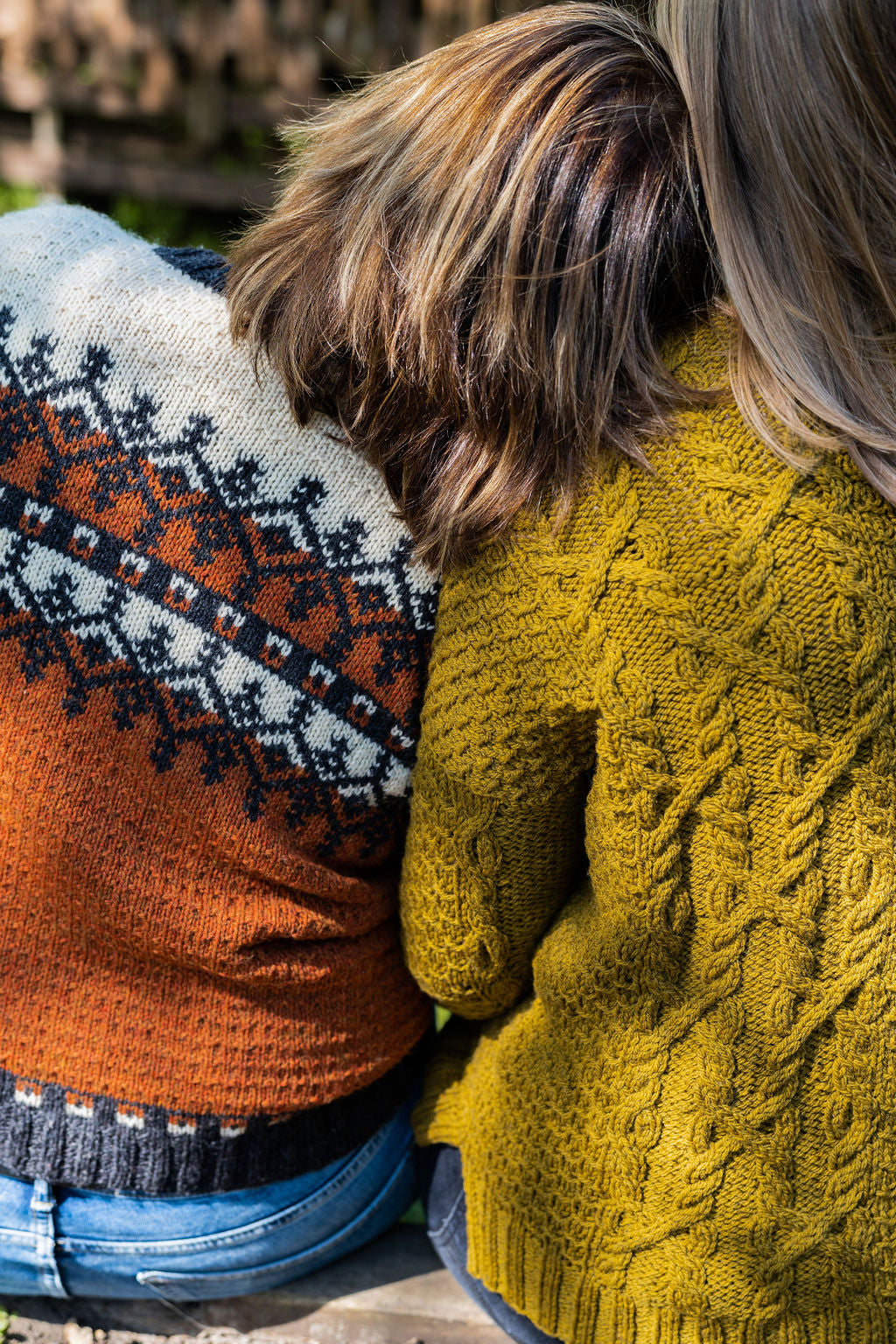
Our Sustainability Pledge

Our Blog
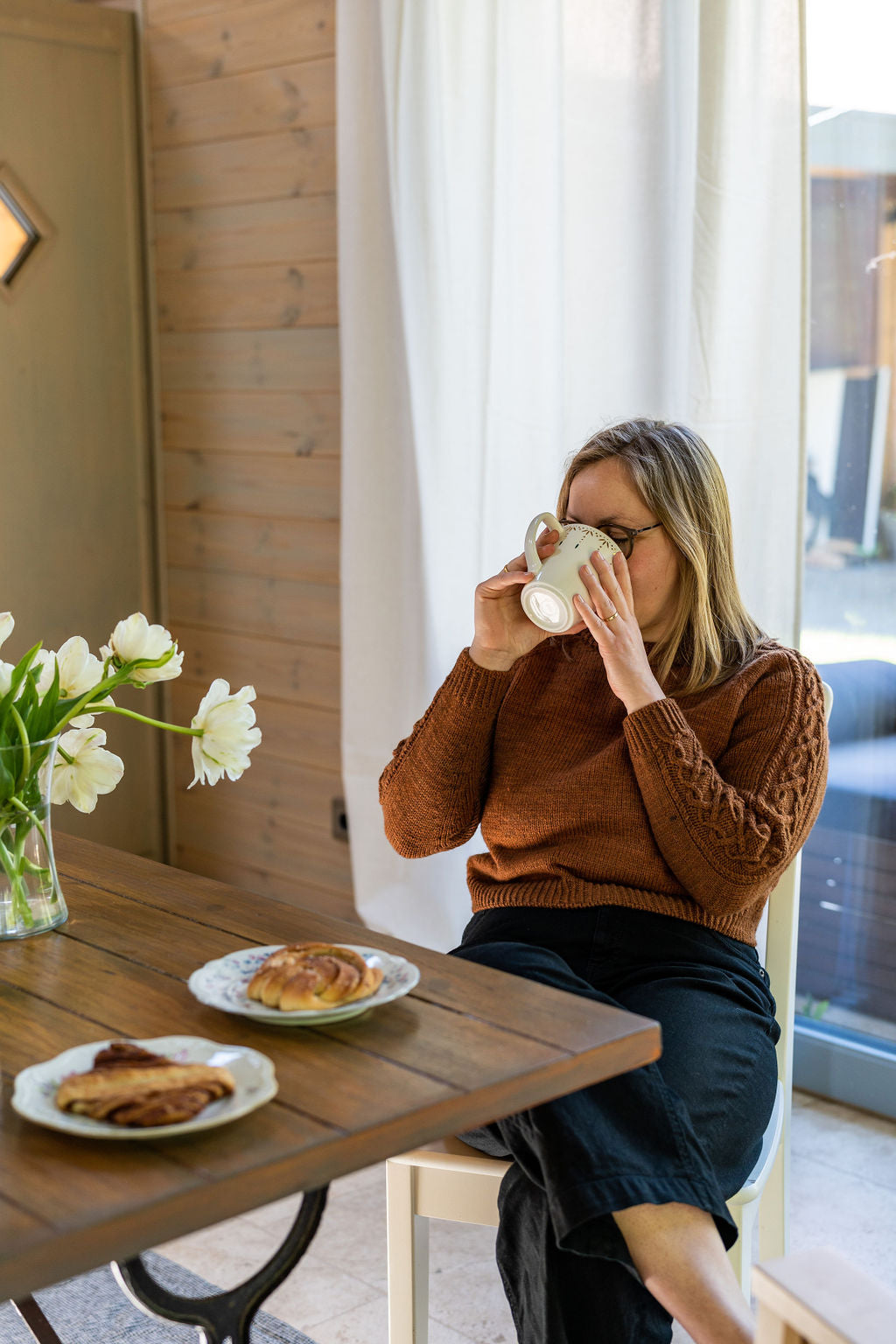
Our Podcast
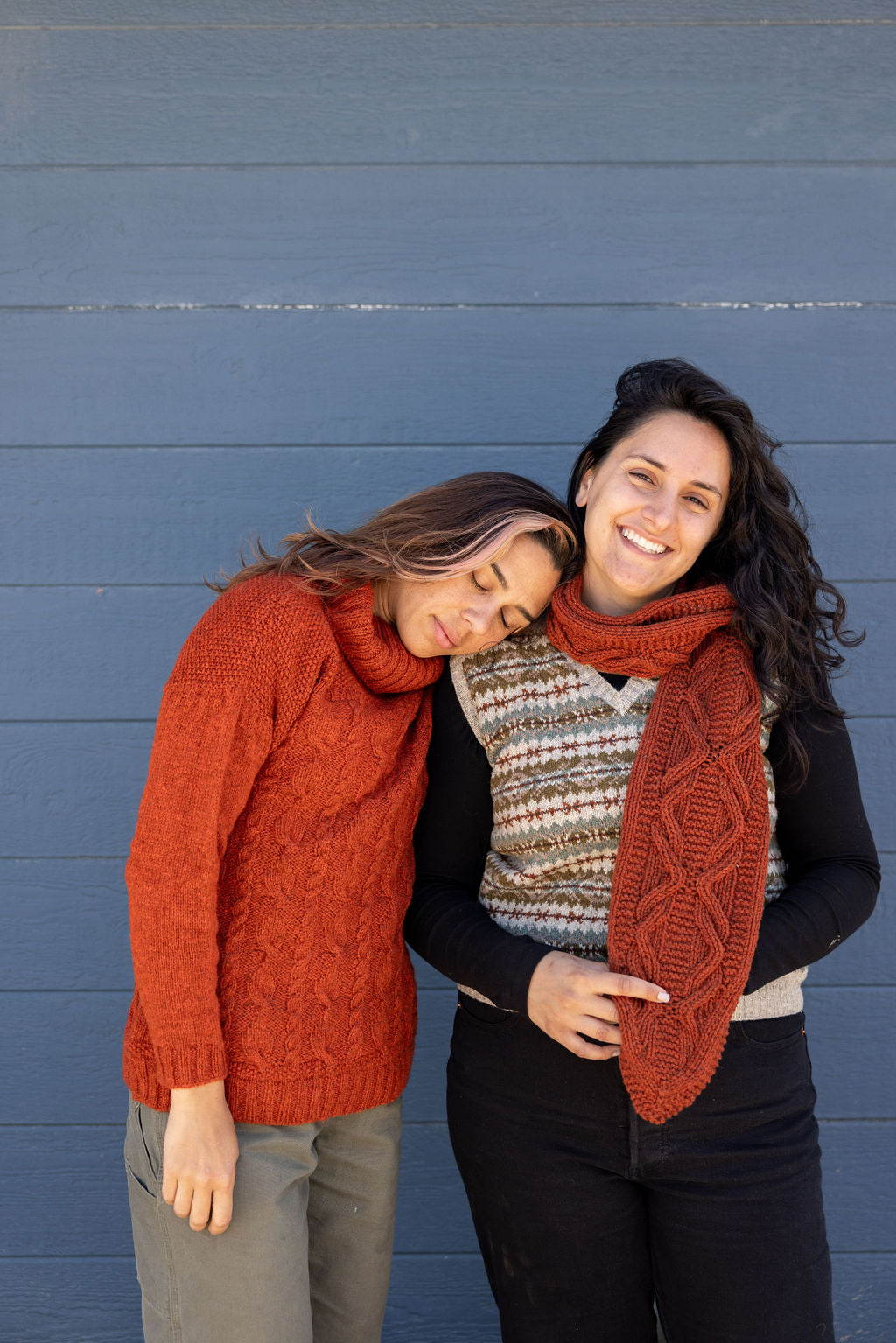
The Making Stories Collective
What actually IS sustainable yarn?
April 22, 2020 3 min read 1 Comment
'I only buy local yarn' - 'Superwash is really, really bad for the environment!' - 'What on earth is GOTS certified?' - 'I want to know exactly where my yarn comes from' - 'What is better, natural dyeing or acid dyeing?'
Welcome to the wonderful and deeply confusing world of sustainable knitting! I'm Hanna Lisa, and I'll be one of your tour guides through the twists and turns of this exploratory journey. Without aspiring to know everything - in truth, I know very little and will be learning alongside you on the way - I promise I'll do my best to help us not get lost on the way and shed a bit of light on what sustainable knitting actually IS.
The other tour guide you've already met - our wonderful Claire, whose blog post on the different types of fiber you might encounter in your yarn started off this new series on the blog last week.
Today, we'll explore a side street of the question Claire tackled: We'll be looking at what sustainable yarn actually IS.
As you might have guessed from the introduction, the answer to this is neither easy nor clear. There are A LOT of buzzwords around sustainable yarn flying through the air and it can be very confusing to try and figure out whether the skein you're holding in your hand at your LYS is actually sustainably made or not. The primary reason for that is that there simply IS no clear definition of sustainable yarn.

Sustainable yarn, ultimately, depends on YOUR definition of sustainability. Where for some knitters sustainability means minimizing the CO2- and other greenhouse gas emissions of their yarn, others care more about organic production processes or buying yarn that has gotten in touch with as little plastic as possible.
It's a little like with food:
While you can strive to buy only locally grown, organic, in-season food that's not packaged in plastic and sold directly from the farm, more often than not you're facing a trade off: You could, for example, either buy a local and organic cucumber in the supermarket that's wrapped in plastic, or you could buy a non-organic cucumber from the farm's stall on your weekly farmers market. What's more sustainable can be determined by running a very complex mental and mathematical model of all the different facets of sustainability we're faced with here. But, people, let's be realistic here: no one wants to do that during their weekly grocery shopping run. Not me, not you, no one.
So what's the solution?
We have to figure out what's more important to us. Local? Organic? In-season? Plastic-free? Direct from farm? And then pick the cucumber that's most in line with those aspects.
It's the same with sustainable yarn: You - well, we all - have to figure out which aspects of sustainability matter most to us, and then we can use that to make informed purchasing decisions. This means work, yes - but we'll help you figure out what these different aspects of sustainably made yarn are and how you can apply that knowledge when you're shopping for new yarn or want to examine your stash.
Examining your own buying choices can lead to unpleasant surprises - just ask me when I started tracking how much I actually spend on yarn! -, but trust me, it's worth muddling through the uncomfortable bits to arrive out the other side of this process with a clear understanding what you love and look for in a yarn, with a whole new appreciation for your stash and, most importantly, a deep love for every single project you cast on because you made a very conscious choice which materials you're using.

A few of the aspects of sustainable yarn and knitting we'll be answering in the next few weeks on this blog are:
-
What does 'local yarn' mean?
-
What is a woolpool?
-
Why is superwash not sustainable?
-
What is the GOTS certification?
-
Is knitting with sustainable yarn on a budget actually possible?
This is, by no means, an exhaustive list. We have a whole heap of ideas - also thanks to everyone who send us theirs on Instagram! - and if you have a burning questions on sustainable knitting, send it our way! We'd be delighted to explore it together with you.
I, for one, can't wait to dive deeper into this world. While sustainability has always been at the core of what we do, I still feel that I want to and need to learn more about what it means for us as knitters and how we can apply it to our crafting. I hope you're excited about it - and that you'll join us for this ride!
1 Response
Leave a comment
Comments will be approved before showing up.
Also in Blog

Issue 13 – Confetti & Rainbows | Official Pattern Preview
February 12, 2025 13 min read
Hi lovelies! The sun is out here in Berlin, and what better day to talk about one of the most joyful issues we've ever done than a brilliant sunny winter day – meet Issue 13, Confetti & Rainbows!
In Issue 13 – our Spring 2025 Issue – we want to play! Confetti and rainbows, unusually and unconventionally interpreted in 12 new knitwear designs – a journey through color, shapes, texture and materials.
Confetti made out of dried flowers, collected over months from bouquets and the road side. Sparkly rainbows, light reflecting. Gentle textures and shapes, echoing the different forms confetti can take. An unexpected rainbow around the corner, on a brick wall, painted in broad strokes.
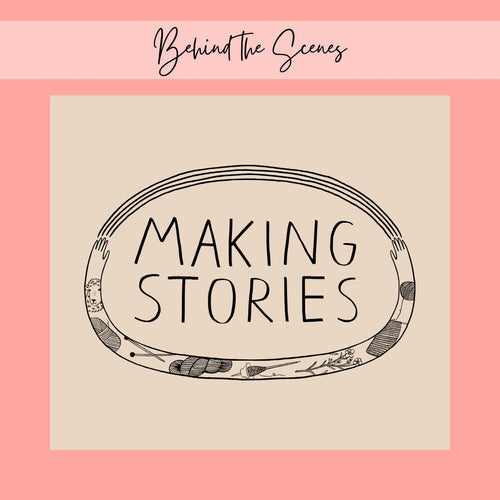
New Look, Same Heart: The Story Behind Our Delightful Rebrand
January 16, 2025 4 min read 1 Comment
Hi lovelies! I am back today with a wonderful behind-the-scenes interview with Caroline Frett, a super talented illustrator from Berlin, who is the heart and and hands behind the new look we've been sporting for a little while.
Caro also has a shop for her delightfully cheeky and (sometimes brutally) honest T-Shirts, postcards, and mugs. (I am particularly fond of this T-Shirt and this postcard!)
I am so excited Caro agreed to an interview to share her thoughts and work process, and what she especially loves about our rebrand!
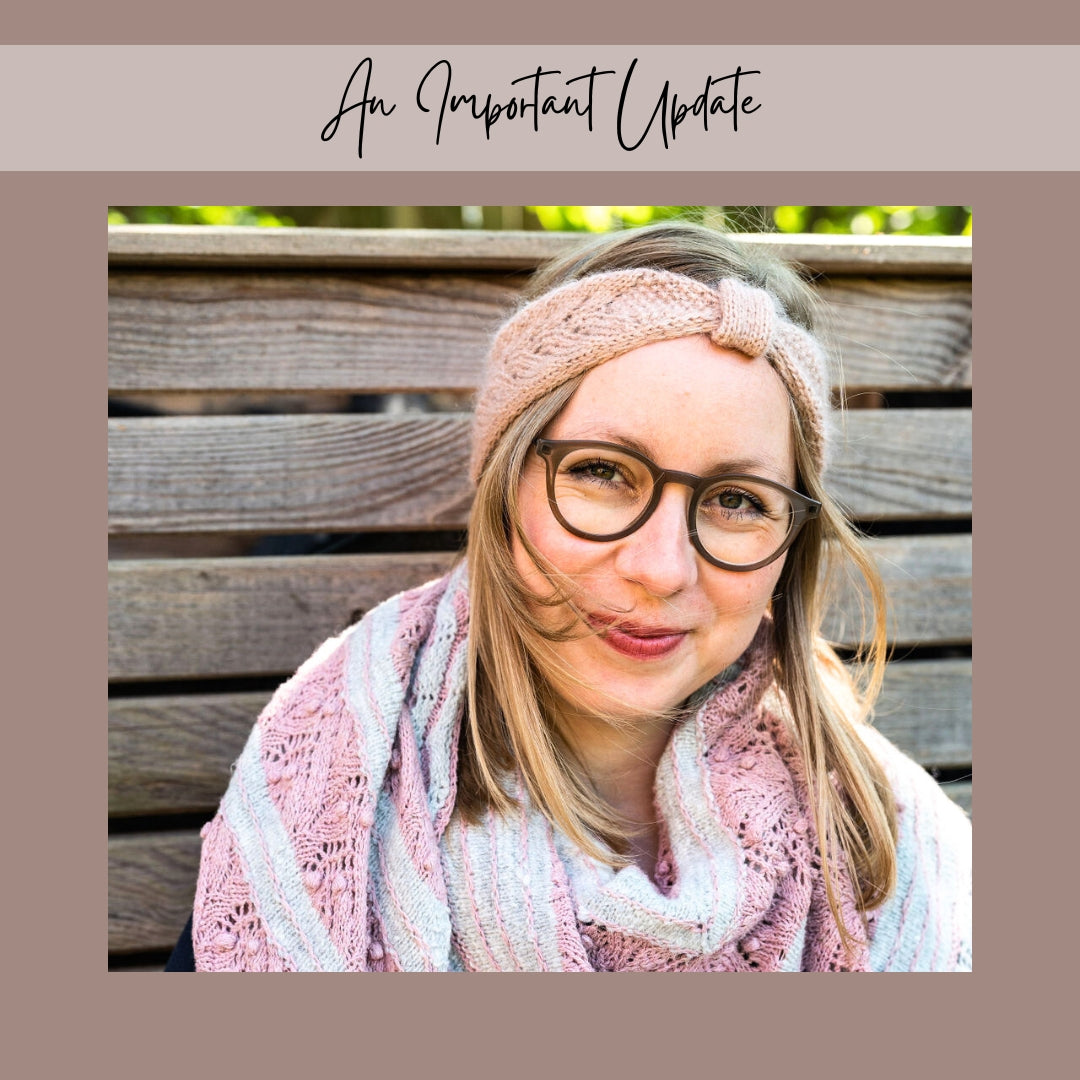
Thoughts on closing down a knitting magazine
November 19, 2024 12 min read 1 Comment
Who Is Making Stories?
We're a delightfully tiny team dedicated to all things sustainability in knitting. With our online shop filled with responsibly produced yarns, notions and patterns we're here to help you create a wardrobe filled with knits you'll love and wear for years to come.
Are you part of the flock yet?
Sign up to our weekly newsletter to get the latest yarn news and pattern inspiration!

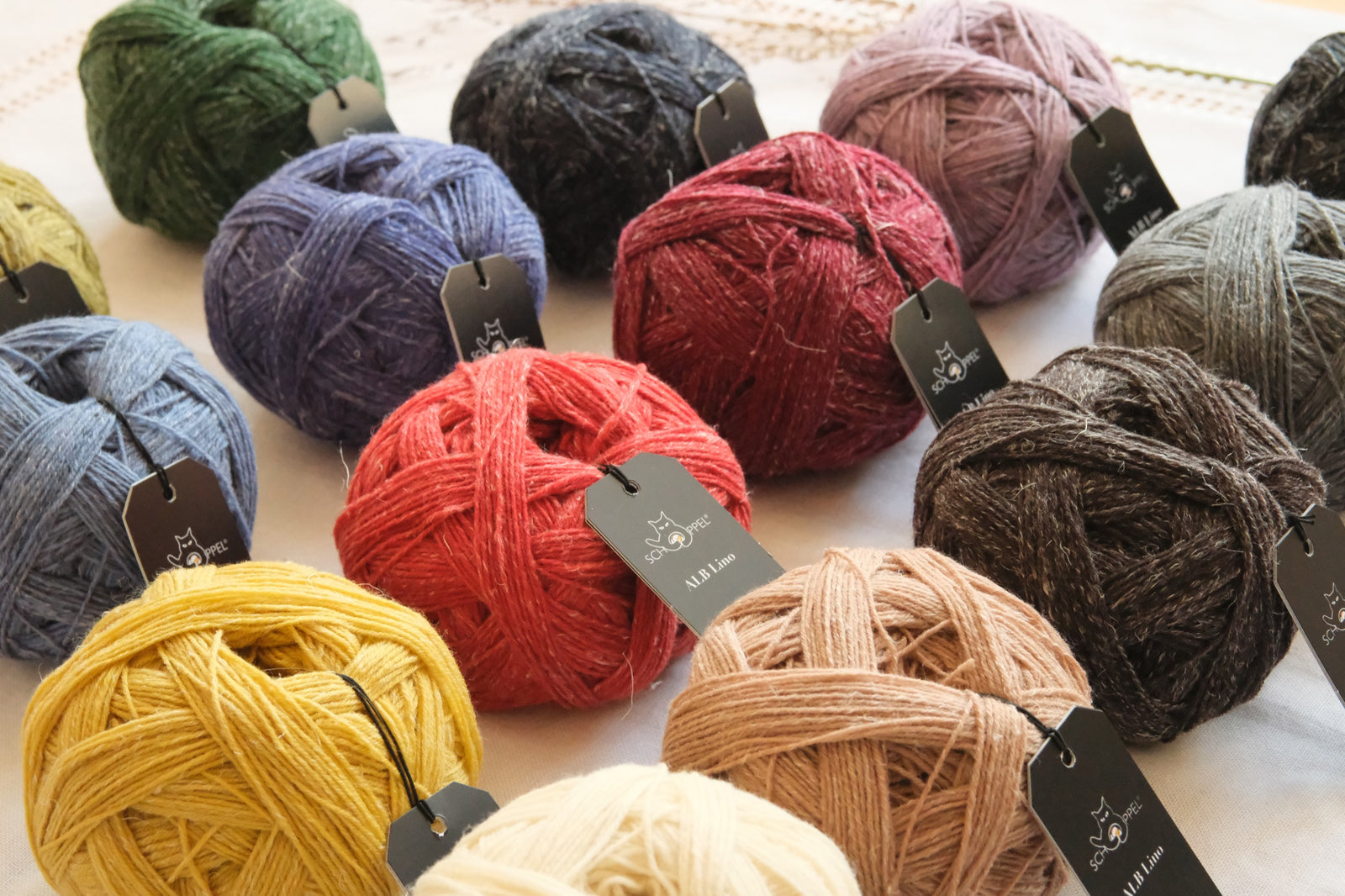

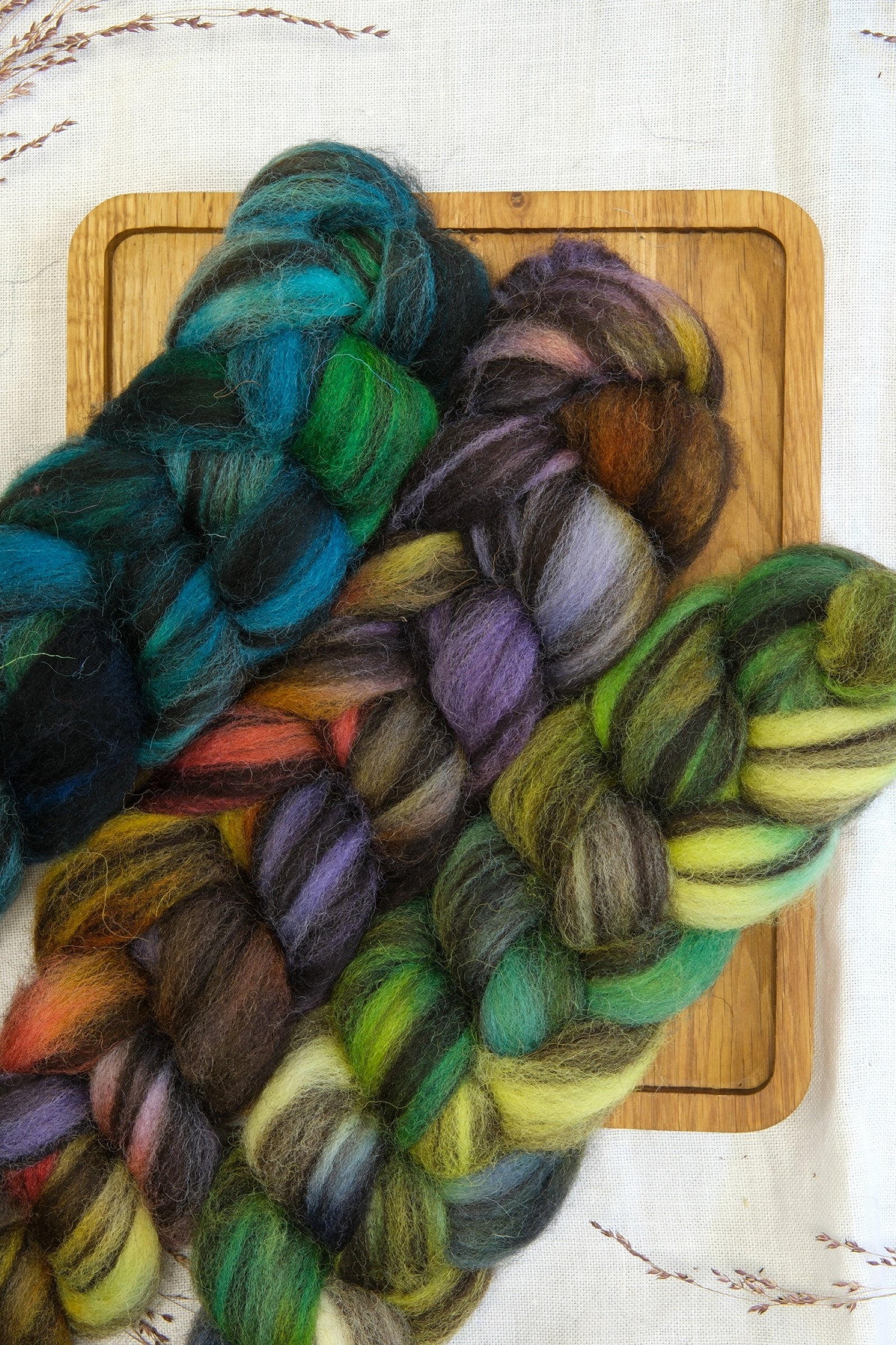
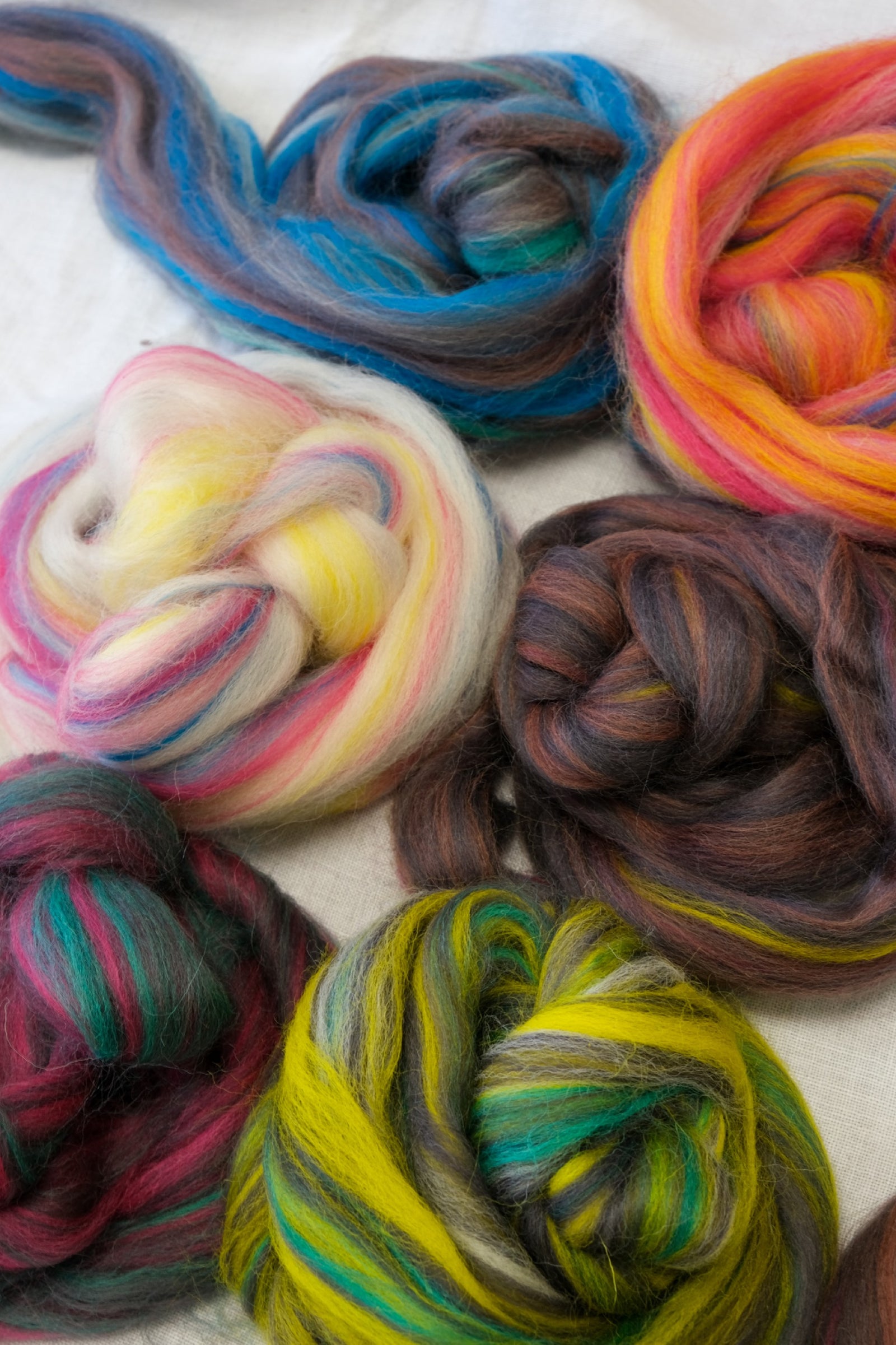
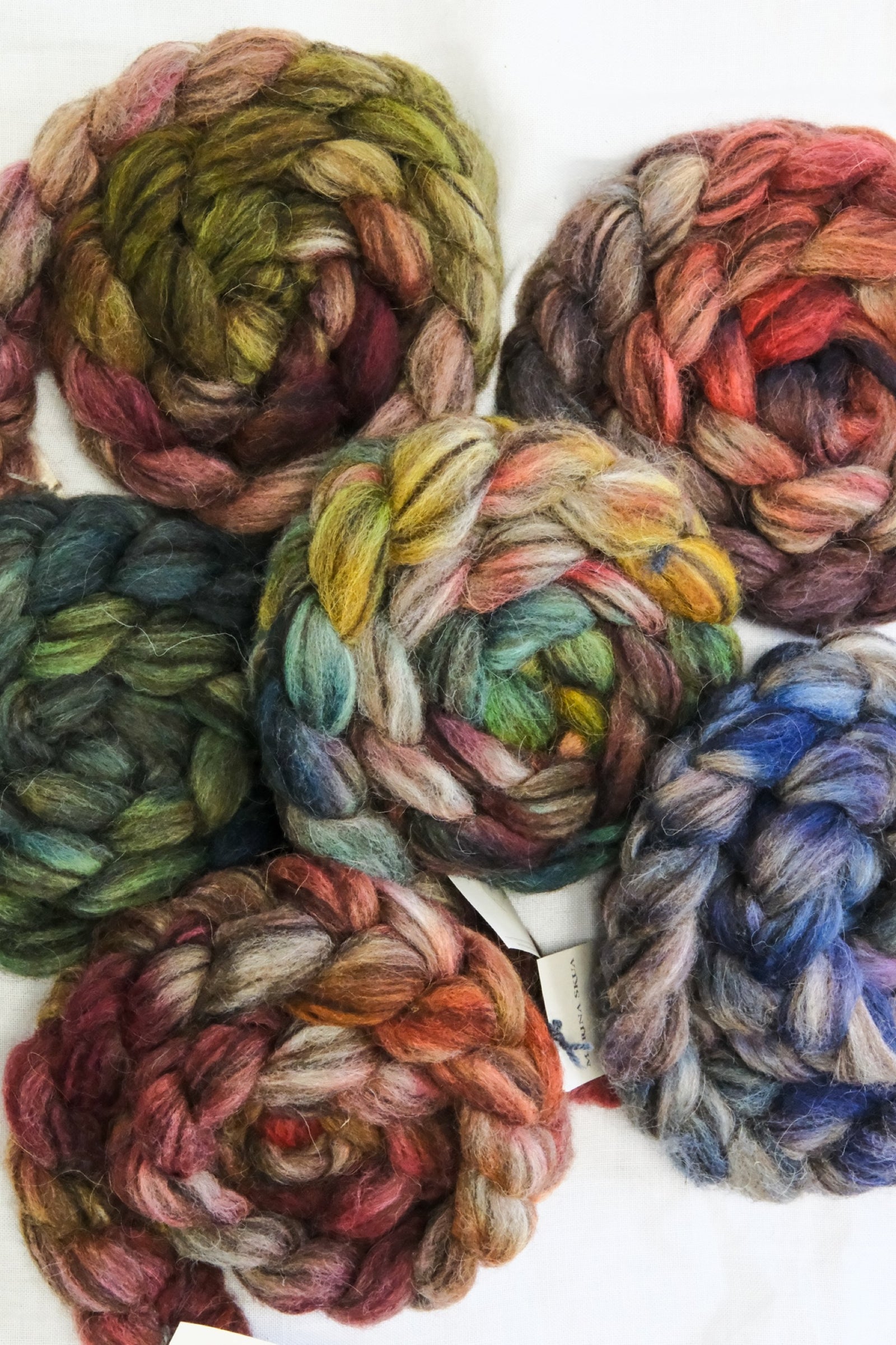
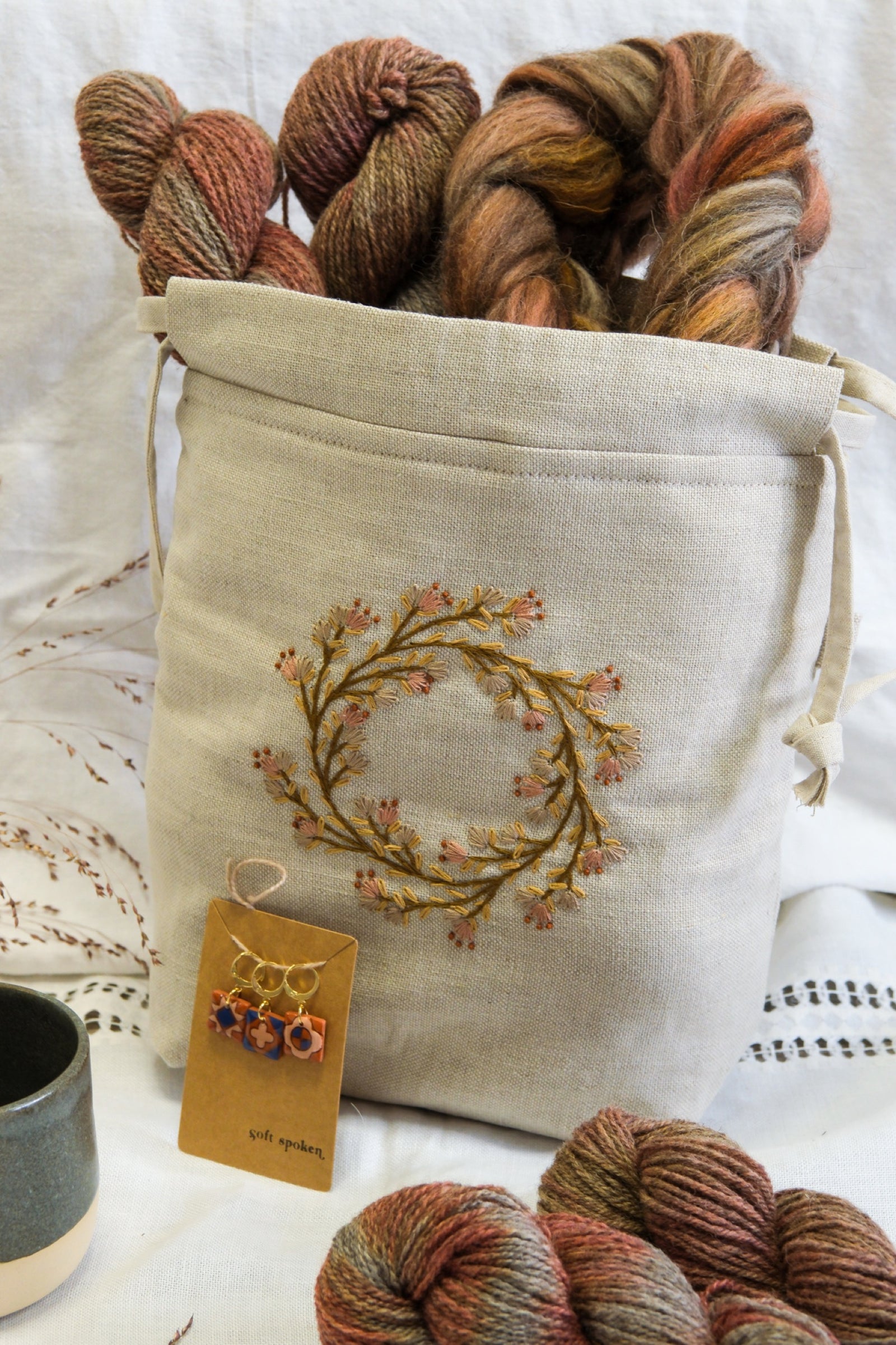

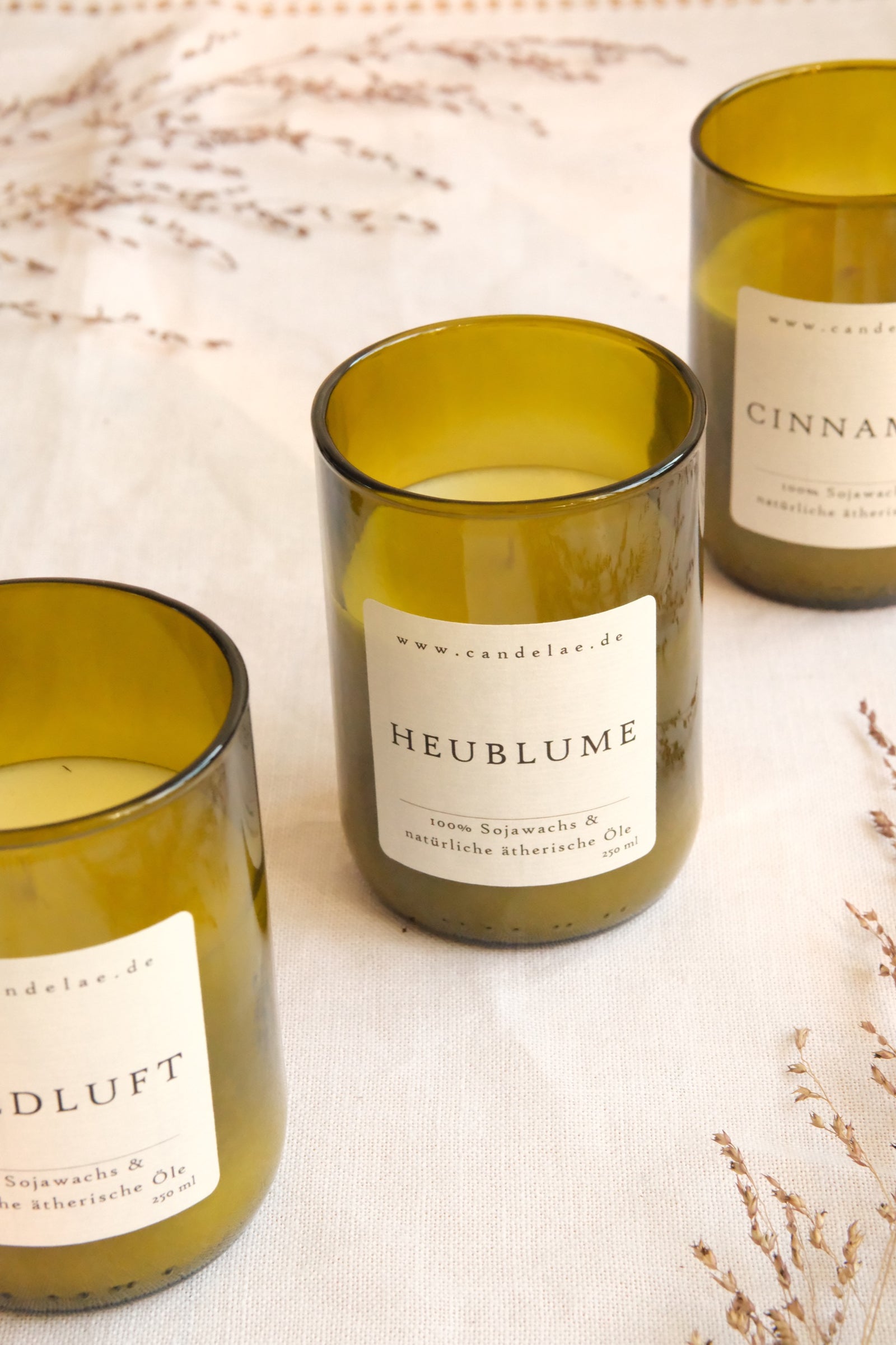
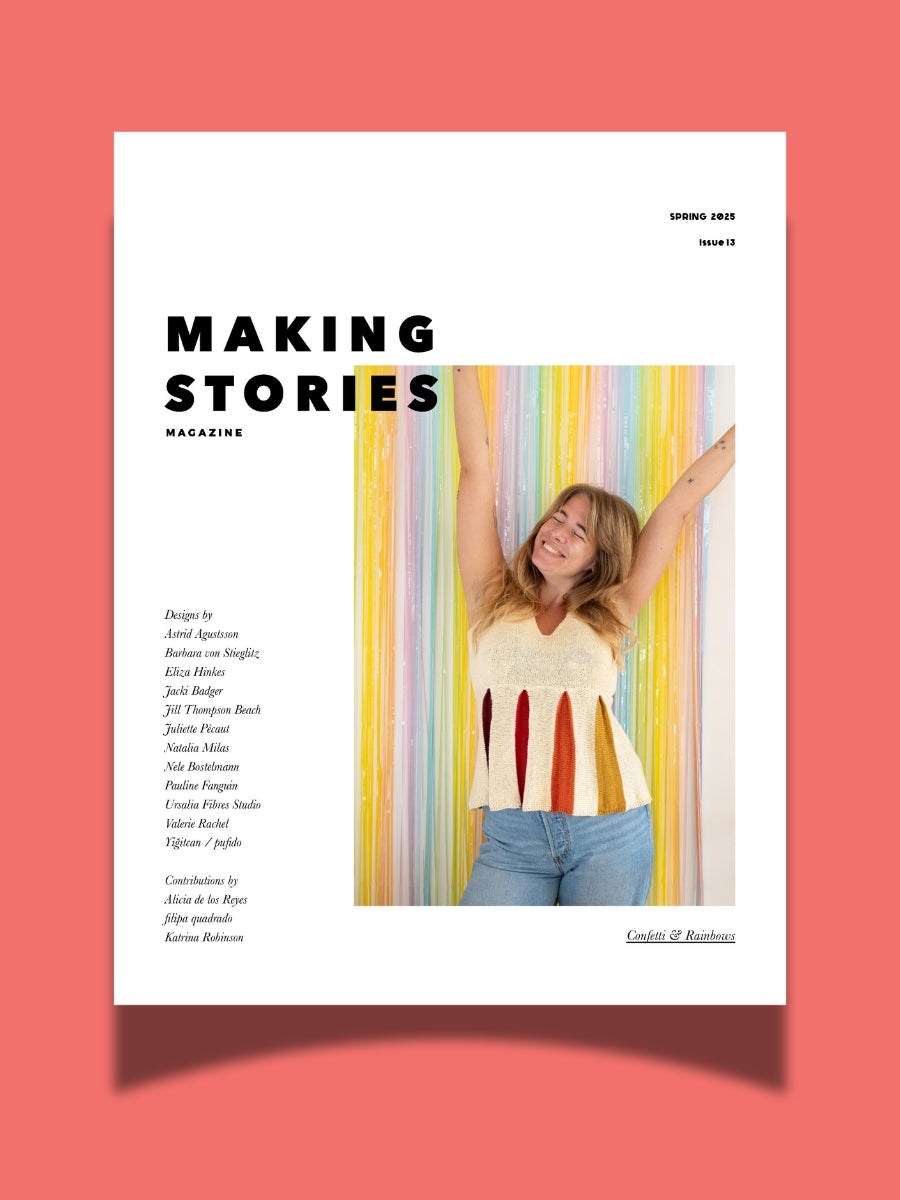
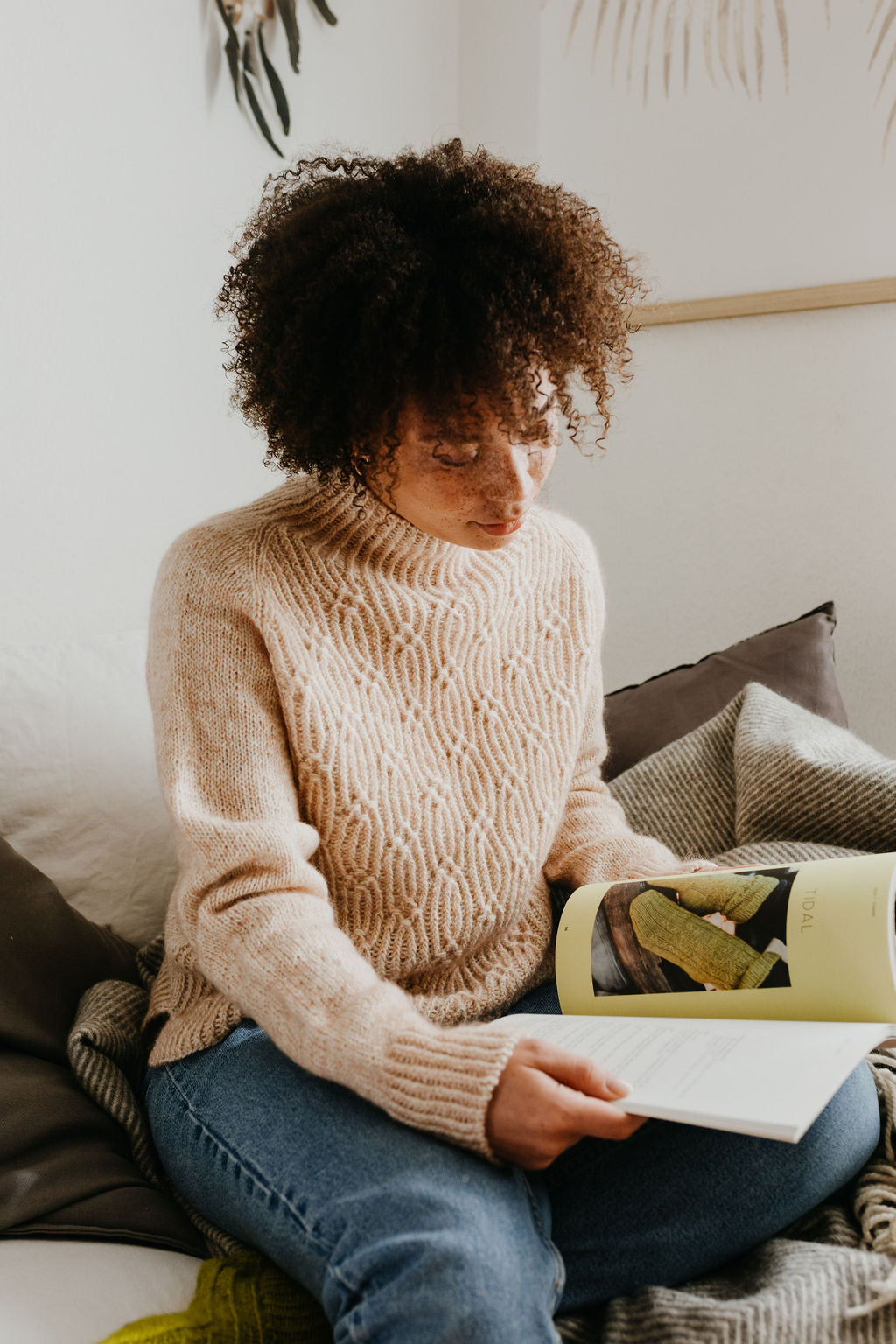
Cuddlepodshop
April 24, 2020
This is comprehensive and thoughtful writing. Thank you for the great blog post.
I’m sure many will be interested in reading this! I will make sure to share this to our knitter friends.